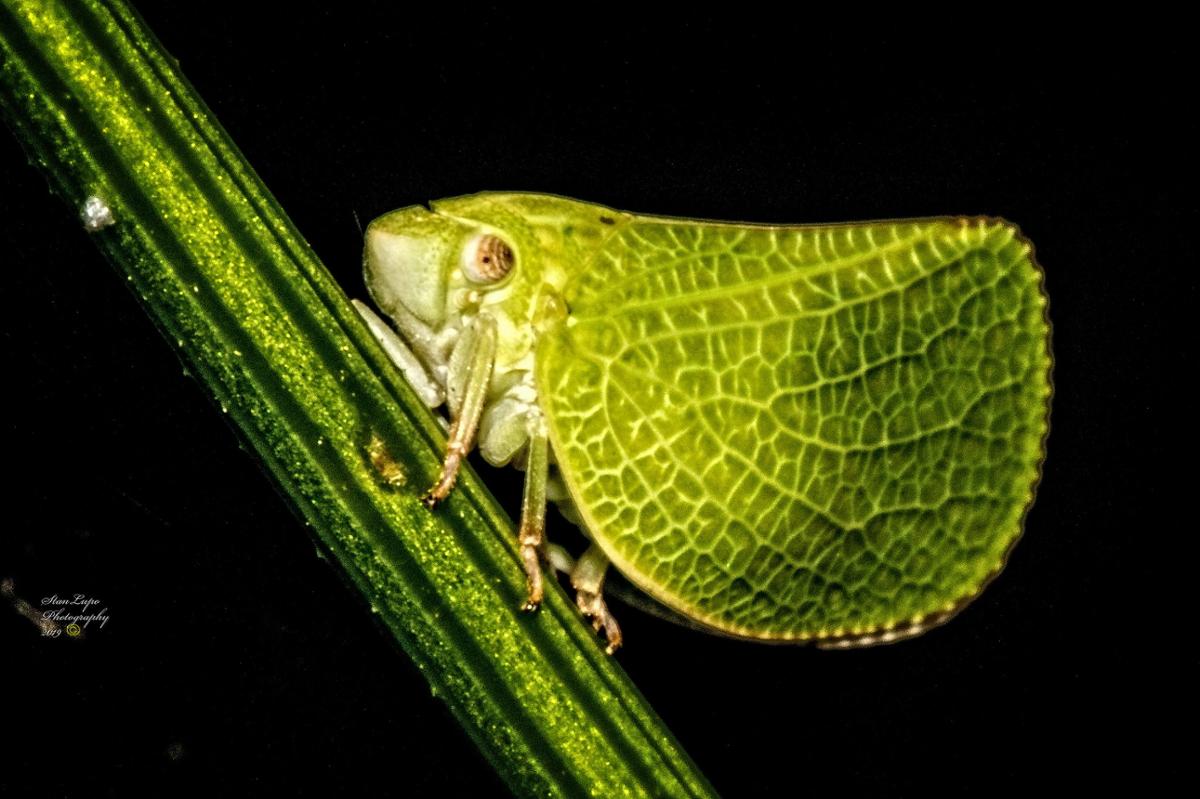The teeth of a gear are designed to mesh with those of another gear. The interlocking teeth allow the gear to transmit torque to its partner without slipping. Two meshed gears can move in exact synchrony. This advantage of gears is why they are found everywhere in human-made mechanical devices, from the gearbox of a car, to an old-time mechanical watch. In 2013 two British zoologists reported their discovery that interlocking gears are also found in nature.
The researchers discovered mechanical gears in the legs of the juvenile form of an insect, called a planthopper. Planthoppers are common in gardens across Europe. The insect gets its name from its powerful jumps, executed by rapid movements of its hindlegs. The jumps accelerate it from zero to twelve miles per hour in one-thousandth of a second.
Without exact synchronization between its jumping legs, the planthopper would spin out of control. It achieves this synchronization to within a margin of thirty-millionths of a second. This is faster than what the animal’s nervous system could accomplish. A single nerve impulse takes more than a thousand times longer.
Instead, the zoologists found that the animal has gears in the cuticle of its legs. It achieves the needed synchrony by meshing these gears during the preparatory cocking stage of the jump. But, the animal’s system of gears isn’t perfect; they become damaged through the wear of repeated use. In the juvenile planthopper the worn gears are regularly replaced when the animal sheds its outer shell at molting. The adult animal no longer molts, can fly, and doesn’t face the same threat from predators as the juvenile. It jettisons the gear mechanism with its final molt.










